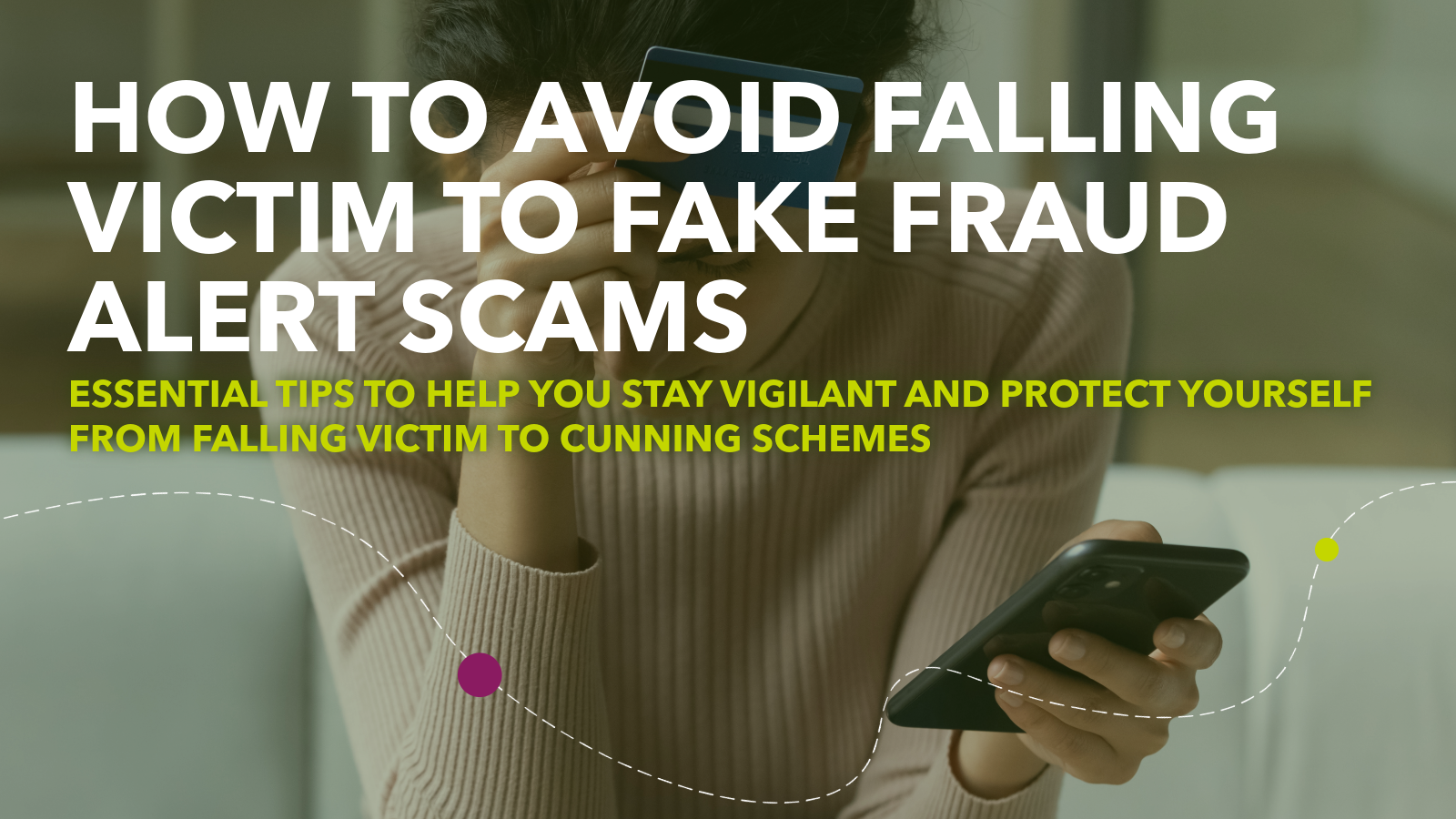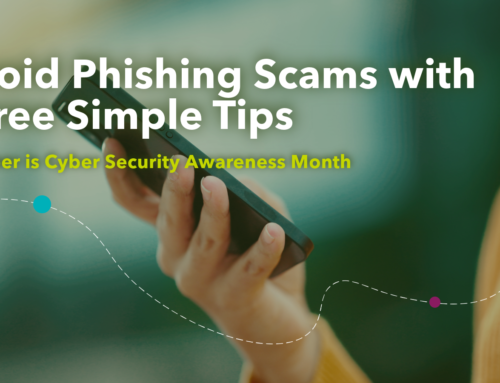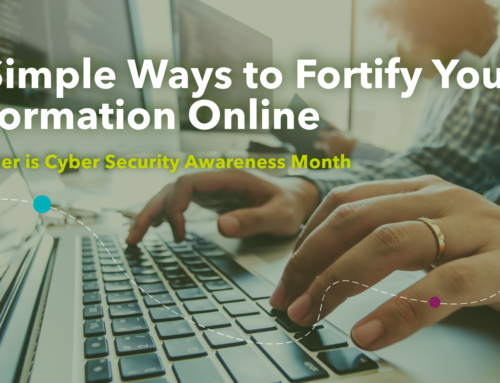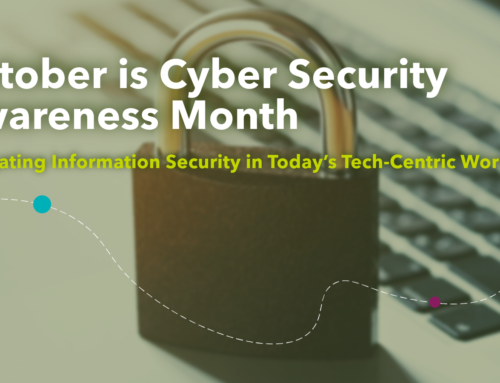In today’s digital age, scams have become increasingly sophisticated, with fraudsters continually devising new ways to deceive individuals. One prevalent method is the fake fraud alert scam, where scammers pose as legitimate financial institutions or service providers to trick you into revealing personal information. Here are essential tips to help you stay vigilant and protect yourself from falling victim to these cunning schemes.
1. Recognize the Red Flags
Understanding the common tactics used in fake fraud alert scams is the first step in protecting yourself.
Scammers often:
- Create a sense of urgency, pressuring you to act quickly.
- Tell you not to log into your account or visit your local branch for a specific time period.
- Use official-sounding language and appear as reputable companies.
- Request sensitive information, such as Credit Card Numbers, PIN numbers, Online Banking Credentials, Social Security numbers, or account details.
- Ask you to approve transactions you did not perform as they “train” you on the fraud prevention system.
2. Verify the Source
Before taking any action, verify the legitimacy of the alert:
- Check the contact information: Compare the phone number, email address, or website URL in the message with the official contact details from your bank or service provider’s official website.
- Contact your institution directly: Use a trusted phone number or login to your account through a verified website or app to confirm the alert.
3. Use Multi-Factor Authentication (MFA)
- Enable multi-factor authentication on your accounts. MFA adds an extra layer of security by requiring not just your password, but also a second form of verification, such as a code sent to your phone. This makes it harder for scammers to access your accounts, even if they obtain your login. If the message that comes with your code states “do not share this code” or similar verbiage DO NOT provide it to someone over the phone.
4. Be Cautious with Communication
- Emails and Text Messages: Avoid clicking on links or downloading attachments from unsolicited emails or messages. Phishing attempts often use fake fraud alerts to direct you to malicious websites.
- Phone Calls: If you receive a suspicious call, hang up and call back using a known, trusted number. Scammers can spoof caller ID to appear as if they are calling from a legitimate source.
5. Monitor Your Accounts Regularly
- Regularly check your account and credit card statements for any unauthorized transactions. Early detection of fraudulent activity can help mitigate the impact of a scam. Set up alerts for your accounts to receive notifications of suspicious activity.
6. Educate Yourself and Others
- Stay informed about the latest scam techniques and share this knowledge with friends and family. Many people, especially the elderly, are particularly vulnerable to scams. Education is a powerful tool in preventing fraud.
7. Report Suspicious Activity
- If you suspect that you have encountered a fake fraud alert scam, report it immediately to your financial institution.
Staying safe from fake fraud alert scams requires vigilance, skepticism, and proactive measures. By recognizing the signs of a scam, verifying communications, utilizing security features like MFA, and keeping yourself informed, you can significantly reduce the risk of becoming a victim. Remember, when in doubt, always verify and report any suspicious activity.






